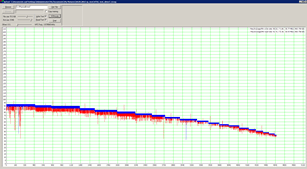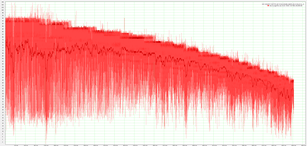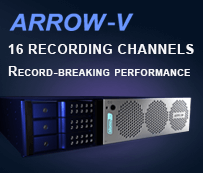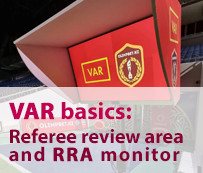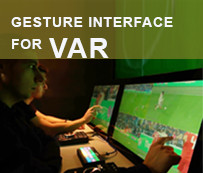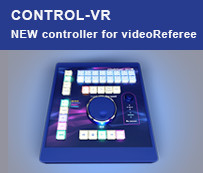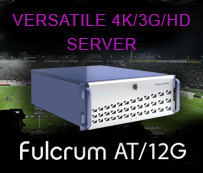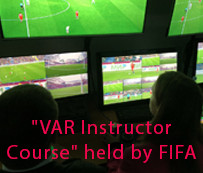The debate about whether eSports is a real sport or a kind of show has not subsided to this day. There is no definite answer to this difficult question. In modern public discourse there are only those sports that have become shows. It is impossible to have advertising budgets without a show and related television broadcasting. And professional sport is impossible without advertising budgets. "Big" sport does everything to make the show more exciting. Everything is done so that the viewer does not "switch the channel" – from the organization of competitions and up to the change of the rules and regulations of the sport. There tendency for "big sport" is that it is becoming more and more an exciting show.
By its definition that "sport includes all forms of competitive physical activity or games" it is possible to categorize eSports as sports.
Classical vs eSports
As was said before, no sport can become successful without broadcasts and entertainment. Broadcasts must be so fascinating, that it is impossible for a viewer to break away. The principle is the same as traditional sport and it seems that success can be to achieved by using the standard methods of sports broadcasts.
But here we come across the fact that broadcasting of eSports competitions itself differs from work in classical sports.
In classical team sports, the focus is on the ball or the puck and the struggle around them. The most popular eSports (Counter-Strike: Global Offensive; Call of Duty; League of Legends; DotA 2) are multi-player video game competitions in which the actions of each player on the team are constantly significant. This greatly increases the complexity of showing such competitions. The broadcast director should not only be professional, but also have a good understanding of the "game" itself, know the specifics of the teams and individual players. Only then the action will show spectacularly and adequately.
- Details
- Written by: Igor Vitiorets, CTO
In order for video judge to have the opportunity to make the right decision, videoReferee® cameras on the ice hockey rink should be located and oriented strictly in a certain way.
Camera position and orientation of cameras are determined by the rules of the competition.
Our specialists created visualization of camera locations and their field of view. In addition to simple images we made a special 3-dimensional PDF, which allows you to interactively explore all the nuances of the camera locations.
According to 2016/2017 KHL requirements the "video-goal" system shall include the following cameras:
- Inside the goal (Sec. 1.23a) (wireless GN-Cam);
- Behind the goal (Sec. 1.23a);
- Over the goal (Sec. 1.23a) ;
- Panoramic (Sec. 1.25);
- On the blue lines (Sec. 1.24d).
- Details
- Written by: Igor Vitiorets
At all times, the sports judges felt the need for a reliable tool that would allow them to make an absolutely correct decision, dictated by the rules of the competition, fairness, logic and game situations. Eyesight, measuring tape and a stopwatch for a long time were the only assistants. But progress does not stand still and to the aid came photo-finish. For a long time it was the only complex technical means to determine the winner in various sports. But photo finish cannot be used in team sports. And using it is hardly convenient. However the idea of filming to make an objective decision was interesting and productive.
So it was only natural that video-recording became the tool for analysis of controversial issues. The process of rendering decisions based on the video and all the technical aspects associated with it became known as sports video judging.
- Details
- Written by: Igor Vitiorets
The rules governing team sports in addition to describing the gameplay also deal with procedural aspects.
All team sports keep score, and, as a rule, clearly set time limits for the various parts of the process.
Simply put, there is the duration of the game as a whole and its parts, as well as penalties, if they exist, and in some sports attack time.
In the past special judges with stopwatches kept track of game process timing.
To understand how difficult it is, let's imagine the following situation in ice hockey: Team A player is penalized for 2 minutes. After 30 seconds another player from the same team is penalized. 50 seconds later a player from team B goes to the penalty box and so on…
To control the penalty box timing for each player together with the game period time becomes quite a task!
- Details
- Written by: Igor Vitiorets
What do we do with old hard drives that litter the warehouse?
Among the old huge, slow and heavy disk which where once insanely expensive, particularly stood out Micropolis 1991 (5.25, Full FH) SCSI hard drives.
There was a mischievous idea to test it for performance. We quickly found a SCSI controller with 8-bit FAST SCSI. Standard testing utility showed drive's brilliant performance and unmatched speed graph. I have not seen such speed in about 7 years. To be truthful, the initial speed of 8 and the final 3.7 megabytes /sec were unusual. But most importantly, the drive after 15 years proved to be workable! Its speed characteristics were just perfect in relation to the year of manufacture.
Back in 1997, this disc was selling for $4,500. Now USB FLASH with similar characteristics is $5. Progress!? Yes, but there is another side to all advantages.
Modern "spin" discs have very high read/write rate, huge volume and low price. This is the result of modern technology and algorithms of embedded software. The downside of this is that the drives have become less reliable and their speed performance graphs began to resemble a beard because of the huge and chaotic rate slowdowns. This is due to the fact that no hard drive platters are perfect. They have parts with unsatisfactory read-write performance which are bypassed by drive's firmware.
The lower peak performance may be ten times lower than the average rate expected by user. From the point of view of the manufacturer, such speed-rate drops are not errors. From the operating system point of view, an error is a timed-out write/read operation of 5-20 seconds! As a result, the user has a "working" hard drive, which constantly falls behind write/read operations.
- Details
- Written by: Igor Vitiorets



